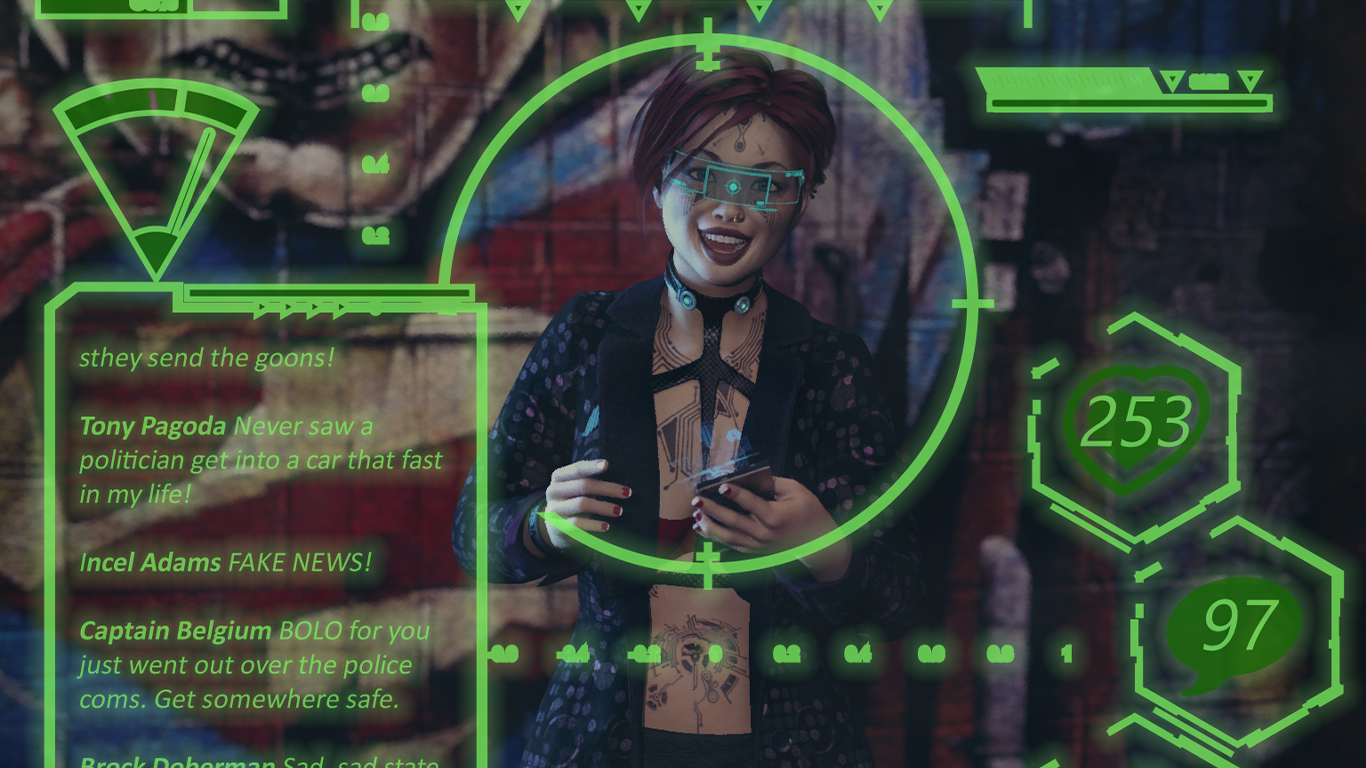We may earn money or products from the companies mentioned in this post.
So, you’ve woken up the day after having your initial idea and (1) you haven’t completely forgotten it and (2) you don’t think it sucks yet. Don’t worry, before it’s over you’ll think it sucks at least a few times. That’s part of the process. But for now, it seems like a pretty good idea. Time to get to work!
Not so fast, Sparky. You’ve still got some work to do before you can just dive in. No matter how high-concept and straightforward an idea seems, there’s still a lot of stuff you’ve got to work out before you can do anything useful. If you’ve decided to write a game* about Space Sharks, you’ve got to decide whether that means the PCs are Space Sharks or if the PCs are people who have to deal with Space Sharks. And if it’s the latter, what kind of people are they? Are they the inhabitants of a planet that’s being invaded by Space Sharks? Intergalactic merchants who must brave the Space Shark-infested trade routes? Space game wardens? All of these possibilities will require a slightly different approach when it comes to turning the thing into a workable game. If they’re playing Space Sharks, you’re going to have to figure out what Space Sharks spend their time doing, what Space Shark culture is like, and lots of other really detailed information about Space Sharks. If they’re being invaded, you’ve got to detail the planets. If they’re merchants, you’ve got to make up a whole bunch of planets and figure out how the relationships between them. And if they’re intergalactic game wardens, you’re going to need to create a whole ecosystem of space flora and space fauna, figure out how the Space Sharks fit into it, and then figure out what kind of adventure opportunities that creates for the Bureau of Space Fish and Space Wildlife.
While a few game designers get so wrapped up in their world that they create dioramas instead of game settings, most games answer the big question of “What do the characters do?” They fight the evil empire or pull of heists or try to save the Space Dolphins. Sometimes that’s enough, but unless you’re writing a kind of game everyone basically knows how to play (dungeon crawl, monster hunting, space pirates), you’ve also got to ask yourself “How do they do it?” Hobomancer is a good example, and also probably the game that drove home this point to the Hex crew. Before we got around to actually trying to play the game, we’d spend months (or maybe even years) talking through the basic concept. We had a lot of the Songlines mythology figured out, we knew what kind of powers Hobomancers had and what kind of magic they used, and we knew what Hobomancers did: they protected the songlines to keep reality from falling apart. Then we sat down to make players and someone said, “so what happens in a Hobomancer game?” and we weren’t entirely sure until we talked it through and started figuring out how Hobmancers protected the songlines.
While most games have a wide range of stuff the characters can do, you’ve got to have a baseline of stuff that characters in the game are generally expected to do. It tells you what setting elements you’ll need to focus on, what kinds of characters will make sense, and what sorts of things you’ll need rules for. Without some kind of “default setting,” there’s the risk that potential players will see your game as a neat idea they’re not really sure what to do with. Some designers try to get around this with a kitchen sink approach that tries to be all things to all people, but without some kind of focus that’s often just as hard to figure out what to do with as a game that’s too broadly-defined.
Ok, that was a bigger RPG-specific tangent than I’d intended, but I think it’s an important one. Even though answering the question “what actually happens during the game” seems like an obvious step, it can be really easy to just sort of assume that the core idea answers the question when that’s not necessarily the case.
Anyway, as you start to nail down what the game’s about, you’ll start to figure out what you need to pull it off. That’s when you’ll start committing the great Idea Debt sin of creating Books of Lore. You’ll start making notes, putting together outlines, making lists of reference sources, and maybe even writing up some stuff. You’ve now go idea debt, but that’s not necessarily a bad thing. You’ve already made it farther than a lot of people who have ideas and then give up when they realize that bringing it to fruition will require actual work (even work as simple as opening a Google Doc and making some notes). Whether your Book of Lore turns into good idea debt or bad idea debt depends on what happens next. We’ll talk about that next week.
*A lot of this series of posts could apply to any creative thing you want to do, but I’m going to focus on games because that’s the thing I’m most familiar with.
You can see some of my Books of Lore by supporting me on Patreon.






